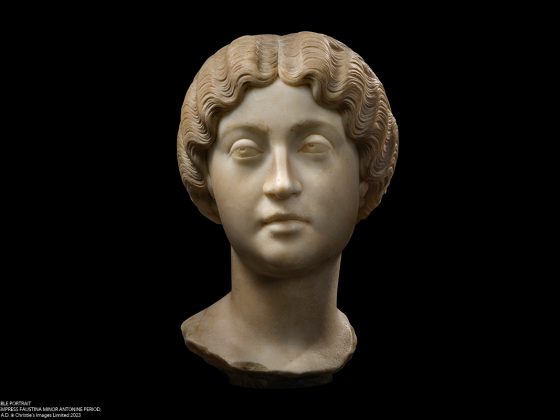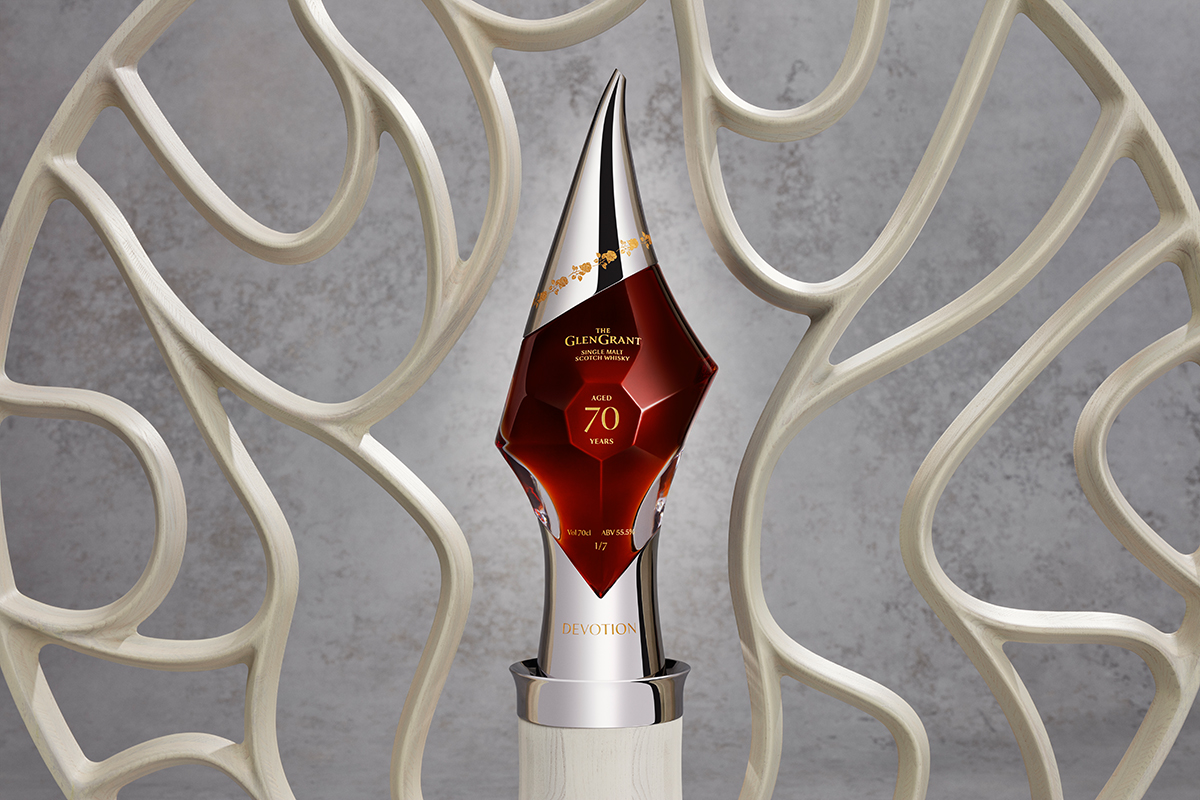JEWELRY AND WATCHES
As part of the Jewelry and Watches sale on May 19, PIASA is proud to present a mysterious Art Deco clock made by Cartier in the early 1930s. For the first time at auction, this clock whose hands seem to float magically in the dial is a true rediscovery. This mysterious clock had not appeared on the market since its creation by the Cartier Paris workshops. This exceptional piece comes from the private collection of auctioneer and Academician Maurice Rheims.

Rock crystal, onyx, marble, rhodonite and silver – Circa 1930
Signed: Cartier Paris – Maker’s mark: Maurice Couët – Dimensions : H. : 17.7 cm, L. : 15 cm, W. : 9.7 cm Provenance: Previous Collection of Maurice Rheims – Estimate : 400 000 / 600 000 €
©Studio SEBERT / PIASA. Paris, France.
In 1912, when he was only 28 years old, the watchmaker Maurice Couët followed in the footsteps of the famous illusionist Jean-Eugène Robert-Houdin and developed the system of mysterious clocks that were to become the mythical object of the House of Cartier. It is a true miracle of watchmaking: the hands are attached to a rock crystal disc with a serrated metal edge that is operated by a rack and pinion system hidden in the frame of the case. While the disc is in motion, the hands give the illusion that they are not connected to any movement, which is hidden in the plinth. Until the 1930s, about 90 mystery clocks were produced. The production starts again discreetly after the war, then again in the 1970s.

Rock crystal, onyx, marble, rhodonite and silver – Circa 1930
Signed: Cartier Paris – Maker’s mark: Maurice Couët
Dimensions : H. : 17.7 cm, L. : 15 cm, W. : 9.7 cm – Provenance: Previous Collection of Maurice Rheims – Estimate : 400 000 / 600 000 €
©Studio SEBERT / PIASA. Paris, France.
Initially, Charles Jacqueau and George Remy designed most of these clocks. The one presented here is a clear reference to the Empire State Building, “the 7th wonder of the modern world”, whose silhouette is repeated on the hands, while the plinth is made of rhodonite (manganese basilicate) and onyx. From the Greek rhodon (rose) for its color, rhodonite is most often presented as here with black veins of manganese oxide. Rhodonite is not commonly used at Cartier – it is the only known example – and is certainly the most surprising element in the composition of the mystery clock. The use of rhodonite in contrast to the onyx brings out the characteristics of this mysterious clock and gives it its very unique appearance, featuring an architectural motif in very sharp tones.

Rock crystal, onyx, marble, rhodonite and silver – Circa 1930 – Signed: Cartier Paris – Maker’s mark: Maurice Couët – Dimensions : H. : 17.7 cm, L. : 15 cm, W. : 9.7 cm
Provenance: Previous Collection of Maurice Rheims – Estimate : 400 000 / 600 000 €
©Studio SEBERT / PIASA. Paris, France.
The manufacturing process required the intervention of six or seven specialists from Cartier’s Parisian workshops: a goldsmith, an enameller, a lapidary, a setter, an engraver and a polisher for a period of up to 12 months.

Rock crystal, onyx, marble, rhodonite and silver – Circa 1930
Signed: Cartier Paris – Maker’s mark: Maurice Couët – Dimensions : H. : 17.7 cm, L. : 15 cm, W. : 9.7 cm Provenance: Previous Collection of Maurice Rheims – Estimate : 400 000 / 600 000 €
©Studio SEBERT / PIASA. Paris, France.
Maurice Couët first used a system with two lateral axes, then around 1920 he developed another model with a single axis that allowed the use of any clock case. Thereafter, both designs were used simultaneously. Our clock is a single-axis clock with a classic eight-days movement.

Holding six yellow gold charms (750), enamelled on both sides, one representing Charlie Chaplin and one representing Jackie Coogan (“The Kid”). Carries the signature “CARTIER” on the clasp
Estimate : 10 000 / 15 000 € ©Studio SEBERT / PIASA. Paris, France.
In addition to the presentation of this true jewel of watchmaking, the auction brings together a hundred pieces, including beautiful Art Deco jewelry such as this Charms bracelet on the theme of Charlie Chaplin (estimated price: € 10,000 / 15,000), a bracelet in yellow gold and diamonds from Lacloche Frères (estimated price: €20,000 / 30,000) or pieces signed René Boivin, Jean Desprès, Arnold Ostertag...

Yellow gold (750) and platinum (950) bracelet With six articulated links set with old cut diamonds and calibrated rubies – Signed “Lacloche Frères” – Circa 1920
The bracelet holds six lucky charms on the theme of love. One of the charms is a horseshoe signed “Cartier”. Estimate : 20 000 / 30 000 € ©Studio SEBERT / PIASA. Paris, France.
Also noteworthy is an articulated bangle bracelet in yellow gold (estimated price: € 5,000 / 7,000) made during the second half of the 20th century by the Brazilian jeweler Haroldo Burle Marx.

Bracelet in 18k (750) yellow gold and satin- finished links forming an abstract pattern of lines and squares, each decorated with a tightly set emerald – Signed
Estimate : 5 000 / 7 000 € ©Studio SEBERT / PIASA. Paris, France.
JEWELRY AND WATCHES
Auction by PIASA
118 rue du Faubourg Saint Honoré
75008 Paris, France
Public Viewing Days:
Friday 14th May 2021 – from 10h to 18h.
Saturday 15th May 2021 – from 11h to 18h.
Monday 17th May 2021 – rom 10h to 18h.
Tuesday 18th May 2021 – from 10h to 18h.
Wednesday 19th May 2021 – from 10h to 12h.
Sale:
Wednesday 19th May 2021 – 18h00












